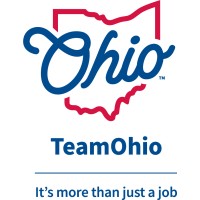
State of Minnesota
Minnesota State Government is the third largest employer in the state of Minnesota, employing over 50,000 diverse and talented employees in more than 100 state agencies, boards, commissions, colleges, and universities. Our workplaces can be found across the state in 86 out of 87 Minnesota counties and a small share of employees work in out-of-state locations. When you bring your career to the State of Minnesota, the work you do affects the quality of life of millions of Minnesotans. From those who shape policy, to those who keep us safe, preserve our environment, or take care of our most vulnerable populations, we take our responsibilities to the public seriously. Join us as we continue to serve our great state and build a better Minnesota. To learn more about our career opportunities and comprehensive benefits, visit www.mn.gov/careers. To learn more about our state agencies, boards, commissions, colleges, and universities, visit http://mn.gov/portal/government/state/agencies-boards-commissions.






